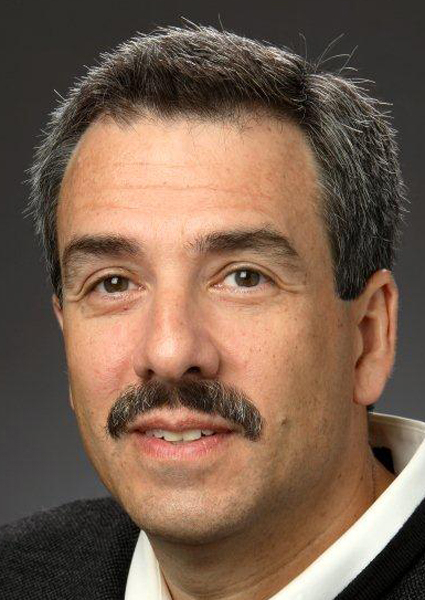This month, Laina Harris learned she will need surgery to remove her gallbladder.
The reason: multiple gallstones that cause abdominal pain, sometimes severe enough to bring the 41-year-old to her knees.
Gallstones are hardened deposits of digestive fluid that can form in the gallbladder.
Throughout the day, the liver produces bile used to digest food. The gallbladder stores the bile until it’s needed for digestion. If the bile gets too concentrated while in the gallbladder, it can crystallize and grow, forming gallstones, said Dr. Matthew Casimo, a gastroenterologist at The Vancouver Clinic. Casimo does not treat Harris.
Gallstones aren’t uncommon, Casimo said. Researchers estimate 5 to 15 percent of Americans have gallstones. But research has found only about 20 percent of people with gallstones ever have symptoms, he said.
People usually experience symptoms when a gallstone lodges in and blocks the duct that delivers the bile from the gallbladder to the intestine. Those symptoms include sudden and rapidly intensifying pain in the upper right portion of the abdomen or in the center of the abdomen (just below the breastbone); back pain between the shoulder blades; and pain in the right shoulder. The pain can last several minutes or hours, according to the Mayo Clinic.




